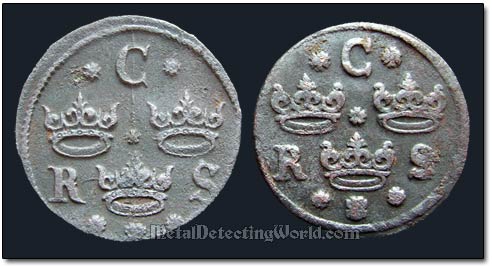Part I - Metal Detecting at the Swedish Tavern Site, page 16
Finding a Crotal Bell and "Fyrks" of Different Types
Next find was a small pewter crotal or rumbler bell. Both crotal and rumbler bells consist of the same parts: loop, ball clapper (baked clay or metallic) or suspended clapper (made of iron, bronze or brass), rounded shape and sound holes. The shape of these bells has changed very little in 3,500 years since they were first made.
Originally small crotal bells were attached to a chain band and hung around the neck a castrated male lamb chosen to be leader of the flock. It became a custom to fit sheep with bells for the following reasons: the bells helped keep the flock together, the crotal bells notified the shepherd when the sheep became disturbed, and bells were thought to scare off evil spirits.
Pewter Crotal Bell, ca. from 16th to early 19th Century
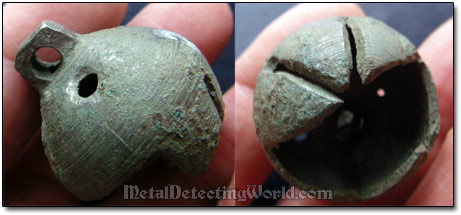
The bells were also worn by humans for many purposes such as as good luck charms, for dancing, as a demand of fashion, and even for religious purposes. For adornment of the animal, such crotal bells were also attached to various large animals' collars like this horse collar I saw in the museum.
Horse Collar, circa 18th Century
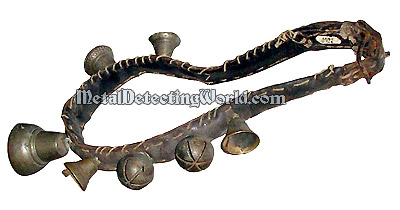
Coins also kept coming in...
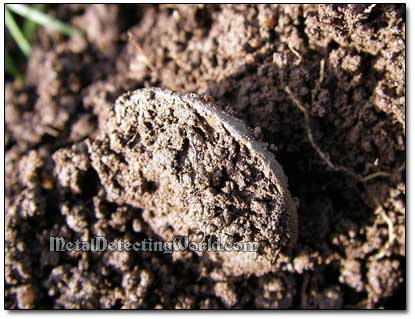
This time it was another coin of a medium size.
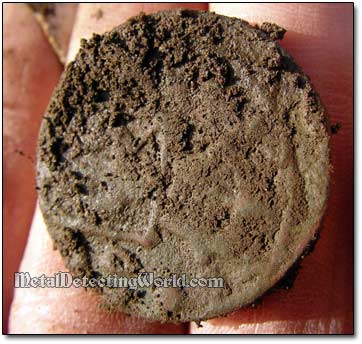
Swedish 1636 1/4 Öre, Queen Christina
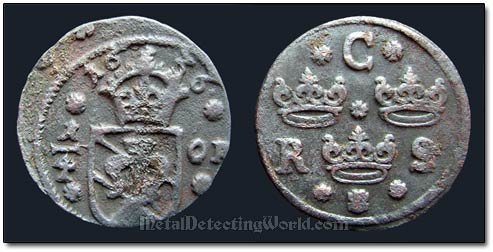
I noticed that this 1636 1/4 Öre coin was 1mm smaller in diameter than the 1635 1/4 Öre coin I recovered earlier. Bearing the same concept, the reverse designs of the coins had a few differences - in shapes of crowns, numbers, letters, etc. These differences could be explained by the fact that the coins were produced at two different mints: Nycöping and Säter.
Reverse Designs of 1/4 Öre Coins in Comparison
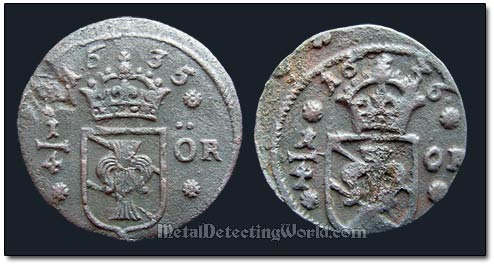
The 17th century Swedish coins were struck using a roller press which consisted of two steel cylinders. One cylinder bore the obverse dies, and the reverse dies were placed on the other. The designs were stamped onto strips of copper. If the rollers did not align perfectly, the coin design would be off center or parts of the design would be missing on the minted coin (see more details on page 49). Most of these coins characteristically feature the manufacturing defects.
The obverses of coins were also slightly different. The obverse design of Swedish copper coins minted from 1632 to 1697 displays three crowns and the letters CRS which is an abbreviation for "Carolus Rex Sveciae" - "King Charles of Sweden."
Obverse Designs of 1/4 Öre Coins in Comparison
